Service hotline
+86 0755-83044319
release time:2025-05-10Author source:SlkorBrowse:12302
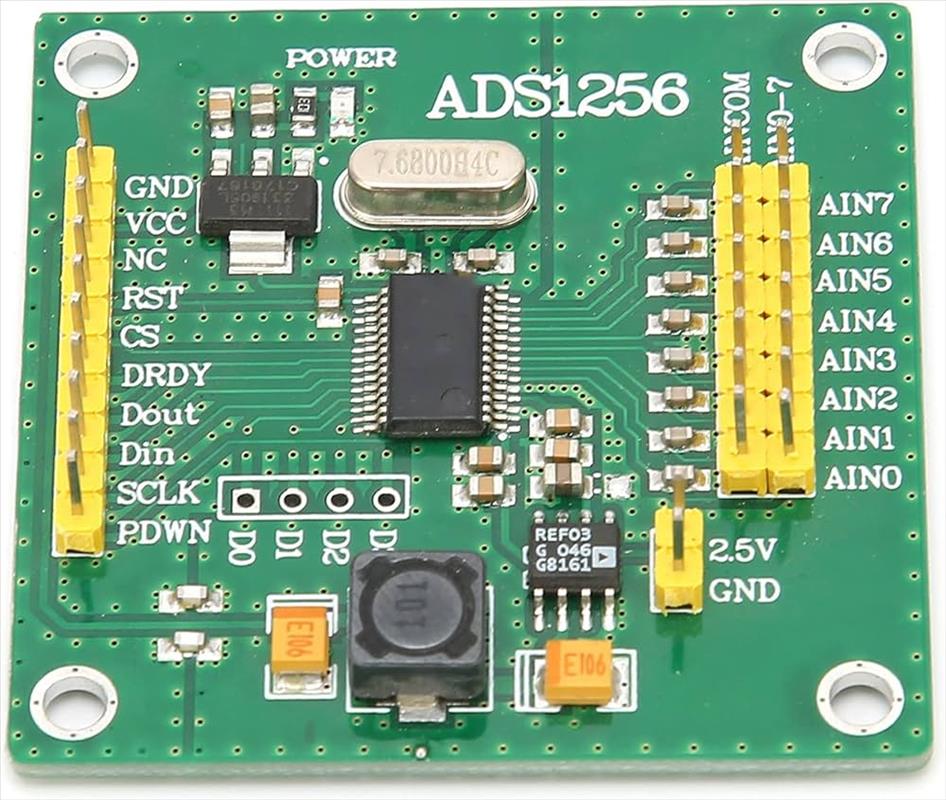
An Analog-to-Digital Converter (ADC) is a critical component in modern electronics that transforms analog signals, such as sound or voltage, into digital data. This process enables devices like smartphones, medical equipment, and IoT sensors to process real-world inputs with precision. For consumer electronics companies, selecting the right ADC ensures optimal performance in audio processing, sensor interfacing, and battery management systems.
The evolution of ADCs dates back to the mid-20th century, driven by advancements in telecommunications and computing. Early designs, such as successive approximation ADCs, laid the groundwork for today’s high-speed and ultra-low-power variants. Innovations like delta-sigma modulation and pipelined architectures have further enhanced resolution and efficiency, making ADCs indispensable in consumer electronics.
2000s: Emergence of ultra-low-power ADCs for wearable devices.
When evaluating ADCs, engineers focus on parameters such as resolution (measured in bits), sampling rate, and power consumption. High-resolution ADCs (e.g., 24-bit) excel in audio equipment, while high-speed ADCs (1 GS/s+) are vital for 5G communications. Additionally, features like integrated amplifiers and noise reduction algorithms differentiate premium models.
Key specifications for ADCs include:
For example, Texas Instruments’ ADS131M04 offers 24-bit resolution with ultra-low noise, ideal for industrial sensors.
In consumer electronics, ADCs enable functionalities such as touch sensing in displays, voice recognition in smart speakers, and environmental monitoring in wearables. Their ability to bridge analog inputs with digital processing systems ensures seamless user experiences across devices.
ADCs are pivotal in:
Top ADC manufacturers include:
Understanding Analog-to-Digital Converters (ADCs) is essential for optimizing product performance in consumer electronics. By prioritizing parameters like resolution and power efficiency, procurement and engineering teams can select ADCs that align with technical and budgetary requirements. For deeper insights, explore resources from IEEE, a leader in electronic engineering standards.
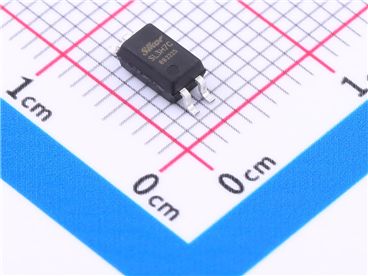
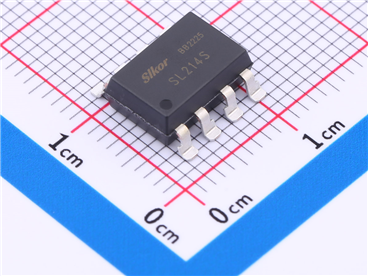
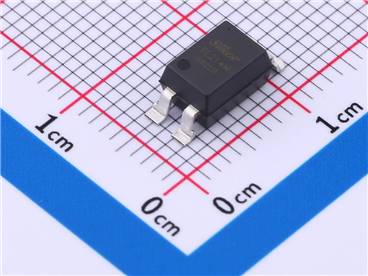
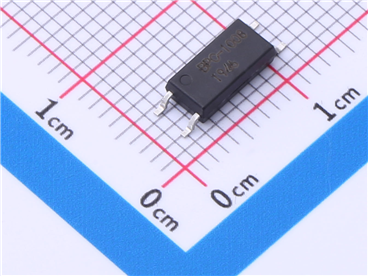
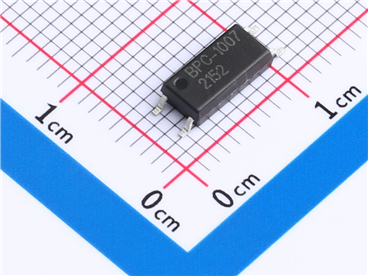




Site Map | 萨科微 | 金航标 | Slkor | Kinghelm
RU | FR | DE | IT | ES | PT | JA | KO | AR | TR | TH | MS | VI | MG | FA | ZH-TW | HR | BG | SD| GD | SN | SM | PS | LB | KY | KU | HAW | CO | AM | UZ | TG | SU | ST | ML | KK | NY | ZU | YO | TE | TA | SO| PA| NE | MN | MI | LA | LO | KM | KN
| JW | IG | HMN | HA | EO | CEB | BS | BN | UR | HT | KA | EU | AZ | HY | YI |MK | IS | BE | CY | GA | SW | SV | AF | FA | TR | TH | MT | HU | GL | ET | NL | DA | CS | FI | EL | HI | NO | PL | RO | CA | TL | IW | LV | ID | LT | SR | SQ | SL | UK
Copyright ©2015-2025 Shenzhen Slkor Micro Semicon Co., Ltd